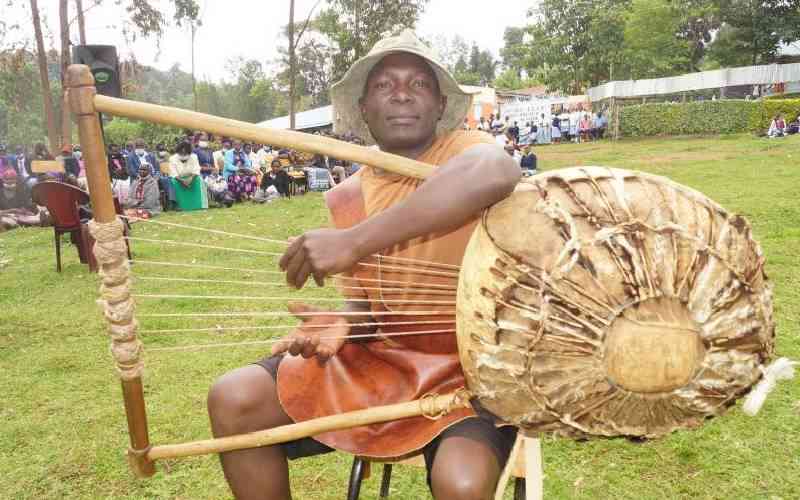×
The Standard e-Paper
Truth Without Fear

Obokano, the eight-stringed traditional guitar of Abagusii people has had its distinct space as the only male musical instrument.
The lyre has distinguished itself as a man-musical tool over the centuries not because of any physical features on it, but just because only men would be allowed to play it.